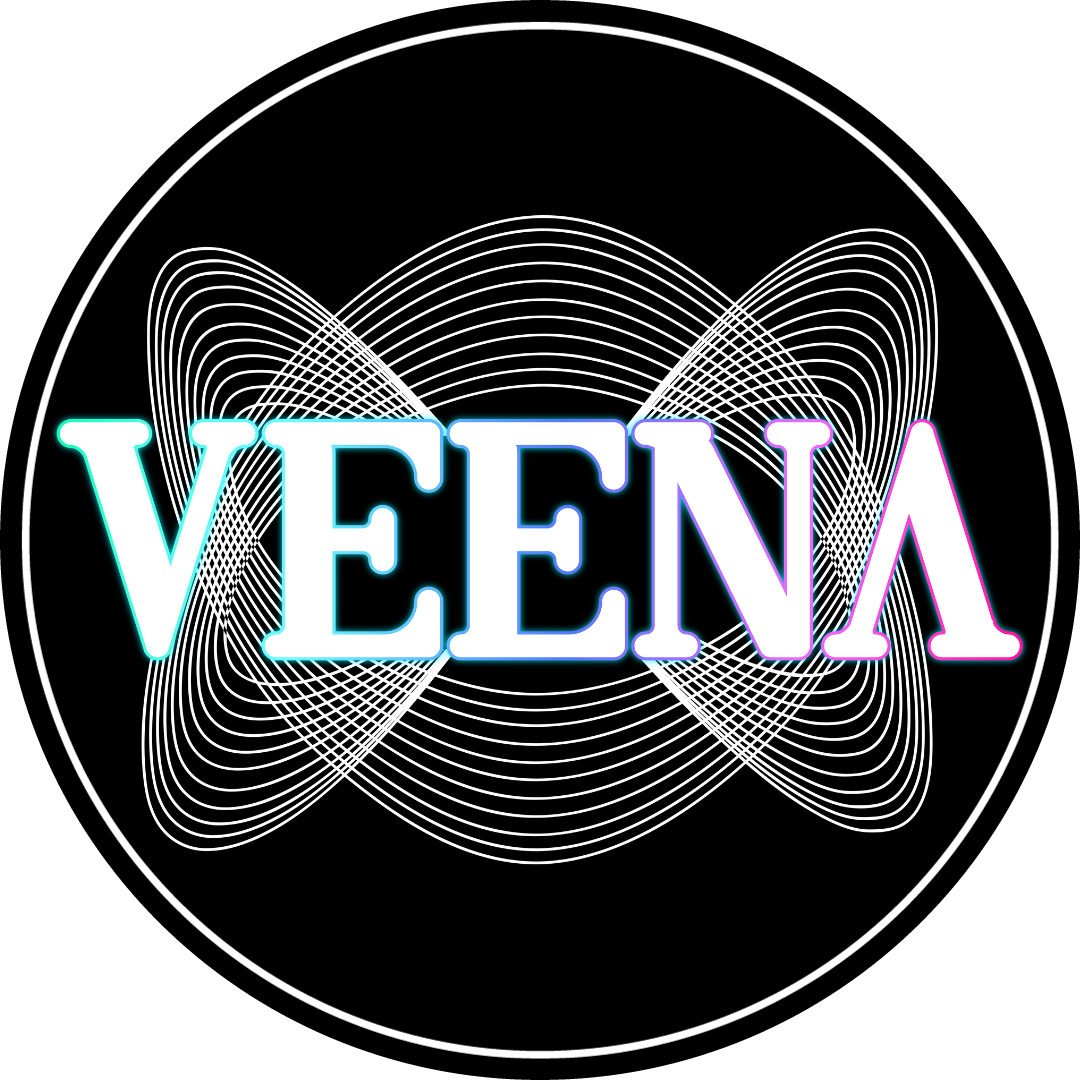EDM Explorations: Diving into Electronic Sound
Electronic dance music (EDM) is a broad term that encompasses a wide range of subgenres of music created using electronic production. EDM is featured at music-driven events such as music festivals, nightclubs, and raves. The general characteristics of EDM include a strong, dominant beat, repetitive rhythm patterns, and a synthesized backdrop.
The 1990s were a critical period for the genre of electronic dance music, as the internet allowed it to spread more quickly and reach audiences worldwide. Famous artists such as Daft Punk, The Chemical Brothers, and Aphex Twin pushed the boundaries of the genre by blending it with elements of rock, pop, and hip-hop, making it more accessible to mainstream audiences.
In the 21st century, EDM has become one of the most popular genres worldwide. It's become a staple at festivals and clubs, with DJs and producers like Tiesto, Calvin Harris, David Guetta, Skrillex, and Avicii (R.I.P) becoming global celebrities.
Some sub-genres of EDM:
House: This genre is known for its four-on-the-floor beats (steady, uniformly accented beats played on each beat of the 4/4 measure), repetitive basslines, and often soulful vocals.
Techno: Techno emerged from Detroit, blending the repetitiveness of EDM with a futuristic, often darker or more minimalistic approach, and it often avoids the use of traditional melodies and harmonic structures.
Drum and Bass: Originating from the UK in the early 1990s, drum, and bass is known for its fast tempos, typically between 160–180 beats per minute, complex breakbeats, and heavy, often intricate basslines.
Dubstep: Known for its intense focus on bass and rhythm, dubstep compositions often make heavy use of syncopation and typically feature a tempo of around 140 beats per minute.
Trance: This genre is often characterized by a tempo of between 125 and 150 beats per minute, repeating melodic phrases, and a musical form that builds up and down throughout a track, often culminating in a high-energy climax.
Each of these subgenres is a unique world with its own culture, stylistic range, and geographical focus. However, they all fall under the umbrella of EDM, which demonstrates the genre's diversity, adaptability, and widespread appeal. Its popularity continues to grow as it evolves, pushing the boundaries of electronic music and popular culture.
Popularity
Electronic dance music (EDM) has become increasingly popular in the last decade. It has spread beyond nightclubs and festivals to become a part of mainstream media. EDM songs by popular artists like Martin Garrix, Marshmello, and Skrillex often top charts around the world. These artists are now household names.
Every year, festivals such as Tomorrowland in Belgium, Ultra Music Festival in Miami, and Electric Daisy Carnival in Las Vegas attract hundreds of thousands of people. These events demonstrate the worldwide appeal of EDM and the community that has developed around the genre.
Streaming platforms have also significantly contributed to the spread of EDM. Platforms like Spotify, Apple Music, and SoundCloud have given millions of listeners the opportunity to discover new EDM artists, tracks, and subgenres.
Influence
The impact of EDM can be observed in the broader music industry in a number of ways:
Production Techniques: EDM's focus on production and sound design has impacted many other genres. Techniques used in EDM production, such as sidechain compression, the use of software synthesizers, and intricate sound design, are now frequently used in other music genres.
Collaborations: There has been a recent surge in the number of collaborations between EDM artists and artists from other genres. This cross-pollination has resulted in a novel blend of sounds in the music world. Artists such as The Chainsmokers, Diplo, and Calvin Harris have all had successful collaborations with mainstream pop and hip-hop artists.
Live Performances: EDM has also had an impact on the way live music is performed and consumed. The idea of a DJ commanding a large audience was first popularized by the EDM scene. Additionally, the emphasis on visual elements—such as lighting, special effects, and screen visuals—in EDM performances has enhanced the concert experience and set new standards for live performances.
Music Consumption: Electronic dance music (EDM) has played a major role in transitioning from album-based music consumption to a focus on singles and playlists. The streaming era is a perfect match for EDM's emphasis on individual tracks.
Overall, EDM's popularity and influence extend far beyond its own genre, reshaping the global music industry landscape and altering how music is created, performed, and consumed.

